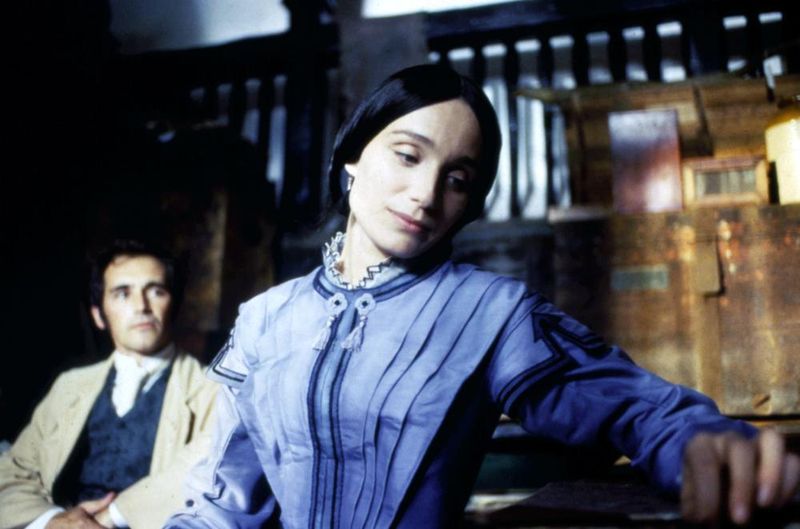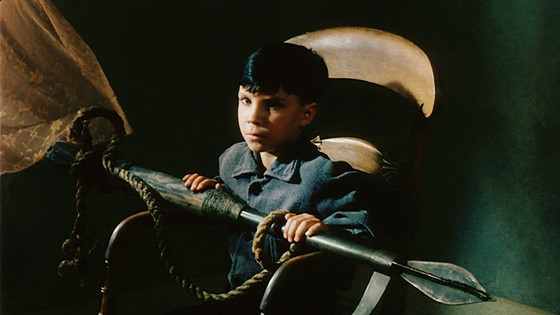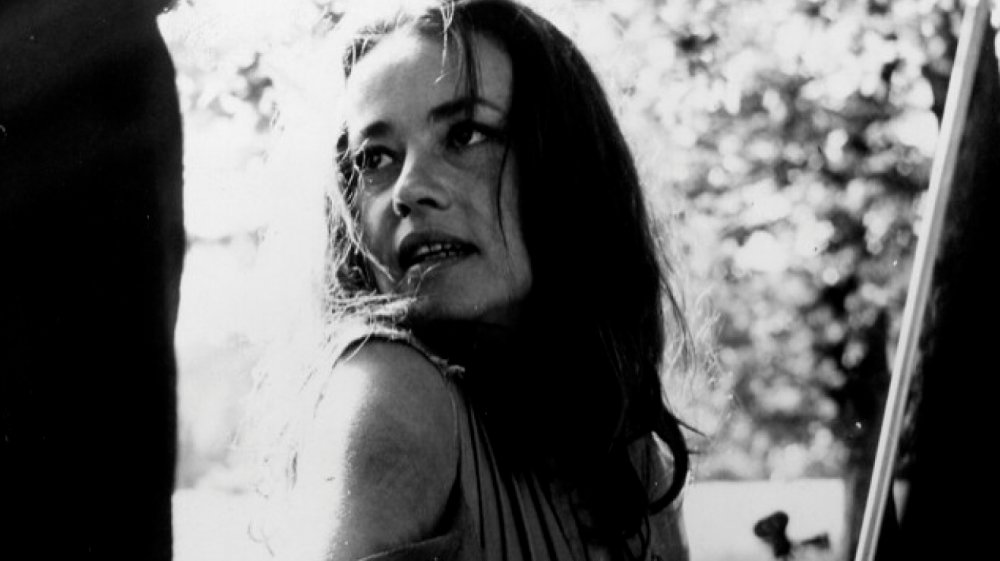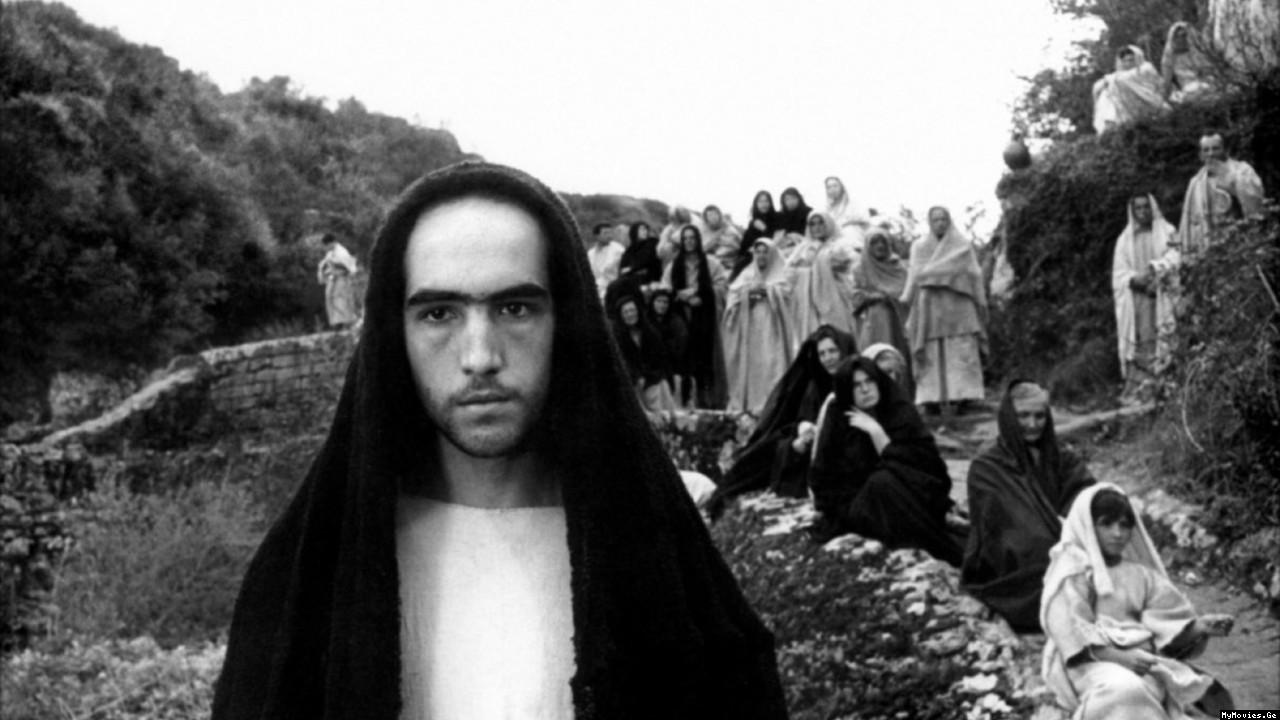6. Angels & Insects (1995) – Philip Haas

A period piece with an edge, Angels & Insects pushes the boundaries of the traditional costume drama. Mark Rylance is William, an explorer who returns home to Victorian England after losing everything in a shipwreck. He falls in love with his employer’s daughter, the two start a family of their own, and all seems well. But distance and tension soon arise between them, and William begins to suspect that his in-laws might be the cause of the problem.
Angels & Insects is an exquisitely beautiful film, with bright colors and vivid visuals in every frame. It’s acted with precision and restraint by the talented cast, who add to the mysterious, unsettling tone of the story. If you enjoy period pieces, but tire of their traditional plots, then give this one a look.
7. The Reflecting Skin (1990) – Philip Ridley

Viggo Mortensen stars in this fascinating hidden gem from 1990. Written and directed by Philip Ridley, The Reflecting Skin is a horror film peppered with moments of surrealism and dark humor.
The story is set in 1950’s America, and told through the eyes of an imaginative 8-year-old boy named Seth. His friends begin disappearing soon after playing a prank on the local recluse, and Seth starts to believe that the woman is a vampire. But Seth’s brother’s friendship with her puts the boy in an awkward position, and he fears his brother’s life may also be in danger. The Reflecting Skin is an elegant film that gets under the viewer’s skin and stays there; it’s a classic to be experienced and treasured.
8. The Miracle Woman (1931) – Frank Capra

The legendary director Frank Capra has many iconic films associated with his name, but one of his best is also one of his least known. In 1931, The Miracle Woman paired Capra with Barbara Stanwyck, and a masterpiece was made.
Stanwyck plays the disillusioned daughter of a minister whose thankless congregation drove him to an early grave. After her father’s death, she uses her natural charisma and biblical knowledge to start a church featuring entertaining performances and phony healings. But when a blind young veteran starts to believe in her powers and become enchanted by her personality, she is forced to face herself and her lies.
Extracting oneself from a money-making racket is no simple matter though, and dangerous tensions surface. The Miracle Woman deserves prominent position as one of Frank Capra’s masterpieces, and fans of Barbara Stanwyck will enjoy every second of her engrossing performance.
9. Mademoiselle (1966) – Tony Richardson

This dark drama by Tony Richardson was made in 1966 with the aid of a jaw-dropping performance by Jeanne Moreau. Though Mademoiselle is less well known today, it certainly deserves fresh attention. Even an average film featuring Moreau would be worth viewing, and this one gives her a role so offbeat and unforgettable that it simply must be seen.
She plays a visiting schoolteacher in a small French village who, on the surface, leads the quiet and respectable life that one in her position should. But the audience learns from the opening scenes that the Mademoiselle is not what she appears to be to the villagers. She is in fact a sadistic troublemaker who delights in tormenting the residents of the small town, dreaming up fresh crimes quite frequently.
A local woodcutter becomes the chief suspect for the tragedies, but when a romance between the worker and the schoolteacher threatens to blossom, the limits of her cruelty will be severely tested. Prepare for a legendary performance by Moreau under the skilled guiding hand of Richardson in the sleeper masterpiece Mademoiselle.
10. The Gospel According to Matthew (1964) – Pier Paolo Pasolini

Pier Paolo Pasolini was an unlikely choice to direct what many believe to be the greatest film on the life of Jesus. His reputation was not one of devotion, and yet he pursued this project with passion, dedicating his masterpiece to Pope John XXIII.
Of the four books most widely esteemed about the life of Jesus, Pasolini chose to adapt The Gospel According To Matthew intentionally, reportedly explaining that “John was too mystical, Mark too vulgar, and Luke too sentimental.” Pasolini presented Matthew’s gospel with a reverence and realism rarely matched in the history of biblical movies.
The film’s dialogue was transported directly from the original book, with Pasolini noting that “images could never reach the poetic heights of the text.” The film rejects romanticized portrayals and is starkly unsentimental, echoing elements of the Italian neorealistic style. The cast was filled mostly with non-professional actors, and the man chosen to play Jesus was a Spanish 19-year-old economics student. Choices like these make the story immediately accessible and make its characters and events imminently believable.
An eclectic soundtrack featuring sacred songs ranging from Bach to Odetta lifts the viewer into the spirit of the story and keeps our souls well off the ground throughout. For all these reasons and more, The Gospel According to Matthew is a landmark adaption unlike any other.